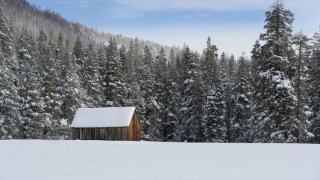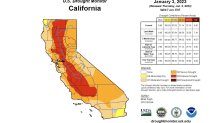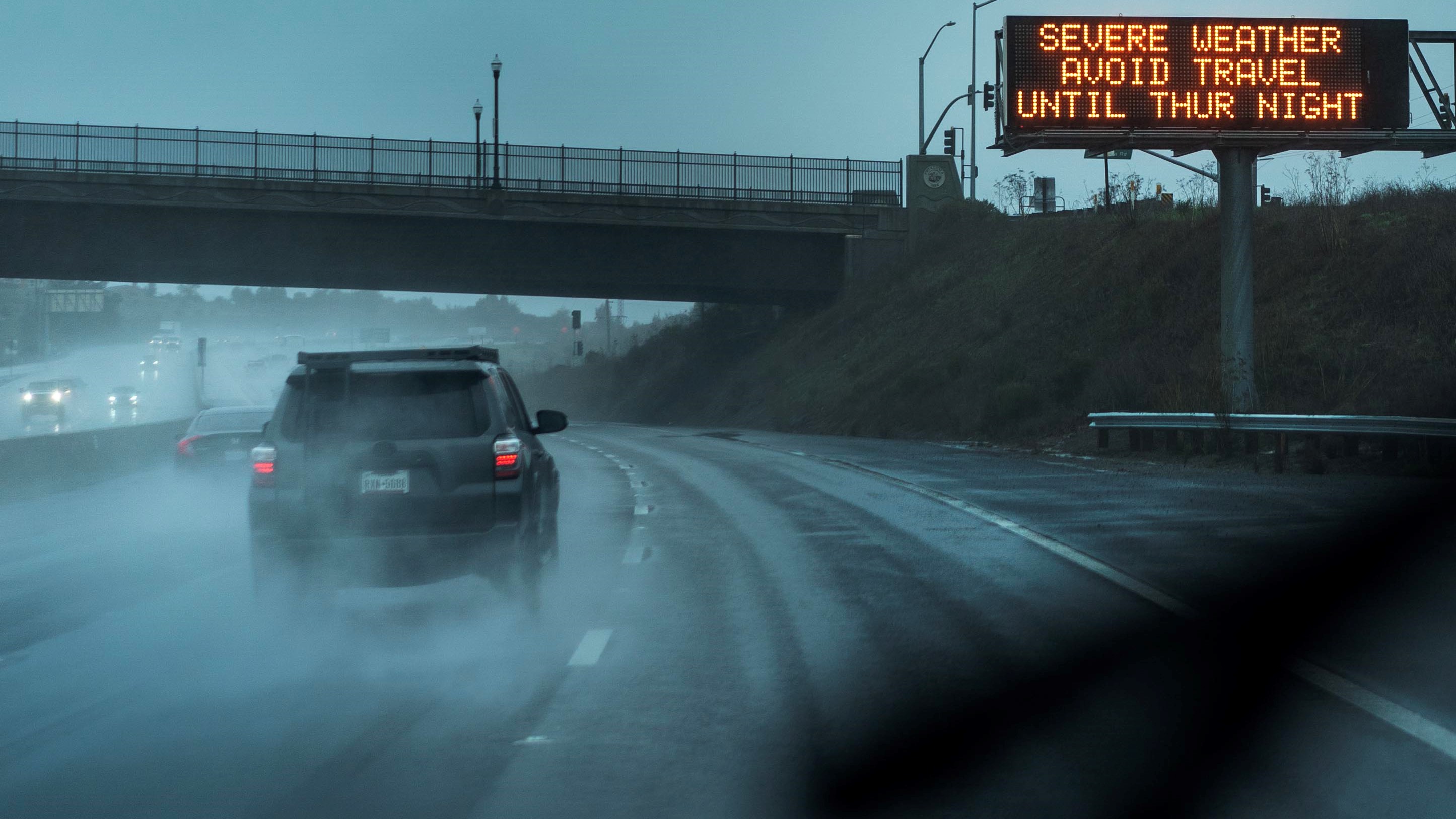
California's drought conditions improved after early winter storms brought widespread rain and much-needed snow in the Sierra Nevada Mountains.
Nearly 98 percent of the state remains in at least one of the four drought categories in the weekly U.S. Drought Monitor report released Thursday morning, but no part of California is in the most severe category. Last week, more than 7 percent of the state was in exceptional drought.
The report also showed 27 percent of California in extreme drought, the second-most severe category. That includes a portion of northern Los Angeles County and a swath of Central California that extends to the Oregon border. Last week, 35 percent of California was in extreme drought.

Get top local stories in Southern California delivered to you every morning. Sign up for NBC LA's News Headlines newsletter.
About 71 percent of the state was in severe drought this week, another improvement from a week ago (80 percent).
This week's report includes data available through Monday, meaning results from this week's powerful storm is not part of the most recent report. The storm arrived Wednesday and intensified overnight into Thursday.
The report noted a promising start to California's wet season with rain and mountain snow, but added that water reservoirs remain below average.
"Water-year-to-date precipitation, valid since October 1, 2022, has averaged more than 150 percent of normal across central California," the report said. "Despite this favorable start to the wet season across California, a number of major water supply reservoirs remain below 60 percent of their historical average."
Trinity Reservoir in Northern California was only 38 percent of average as of Monday.
California has spent most of the last 15 years in drought conditions. The current three-year dry spell included one of the driest late winters on record.
The state's normal wet season runs from late fall to the end of winter, but dismal precipitation left about 95 percent of California in severe drought at the start of spring. By September, nearly all of California was in drought.
Much of California’s water comes from melting snow in the Sierra Nevada Mountains. In an ideal scenario, storms blanket the mountains with snow during winter, building up the natural reservoir. That snow then melts in late spring and early summer, replenishing the state's water system
The snowpack covering California's mountains is off to one of its best starts in 40 years, raising hopes that the drought-stricken state could soon see relief in the spring when the snow melts and begins to refill parched reservoirs.
Statewide, snowpack is at 174% of the historical average for this year, the third-best measurement in the past 40 years. Even more snow is expected later this week and over the weekend, giving officials hope for a wet winter the state so desperately needs.



